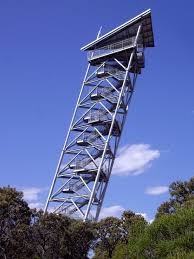
If you believe Angus Grigg of the AFR today, the next year is going to very interesting indeed:
In Beijing, the property price to disposable income ratio is a staggering 33 times, the world’s highest according to figures from Numbeo.
Shanghai is only slightly better at 29 times, which is well ahead of the ratio of 9 times income in Sydney and 15 times in London.
Looking at the figures another way, downtown apartment prices in Sydney are only 15 per cent more expensive (per square meter) than Shanghai, even though average disposable incomes are more than four times higher in the NSW capital.
…In anyone’s language this looks like a bubble.
And so the government is hoping to gradually lower prices without blowing up the industry.
…The steel sector, which is intertwined with property, also has the potential to provide a string of nasty surprises.
One again, government policy is driving the clean out, as the steel sector has been a favourite haven for rent seeking during much of the last decade.
…It’s not just that the developers are big buyers of steel.
Many have also been reliant on the state owned mills to finance their developments.
Political economist Lou Xiaopeng, a major figure in China’s reform push during the 1980s, explains how the game works.
“It centres on the state owned mills, which are a licence for rent seeking,” he said during a visit to Shanghai.
The way Lou tells it, the scam works on two levels.
Firstly, the government owned mills buy their iron ore from a “friendly” trader at inflated prices and then split the profit.
This is a straight out procurement scam, which is common the world over. But it does provide an incentive for mills to keep buying iron ore even when the economics don’t work.
The second part of the play is a uniquely Chinese one and comes about due to the preferential access to cheap credit afforded to state owned enterprises.
Lou says state owned mills turn their expensive iron ore into steel, but rather than sell it immediately often use the product as collateral to borrow money from a state-owned bank.
This cheap credit is then lent to a third party – often a property developer or coal miner – with a hefty mark up attached.
“The plant does not make money, but those connected with it make huge profits,” said Lou, who has spent time at both Harvard and Oxford University.
“This has totally distorted the Chinese economy.”
Once again the distortion works on two levels – it inflates demand for iron ore and has resulted in chronic over capacity in the Chinese steel sector.
“As long as the mill is in operation you can play the game,” said Lou.
And the government is seeking to end it.

